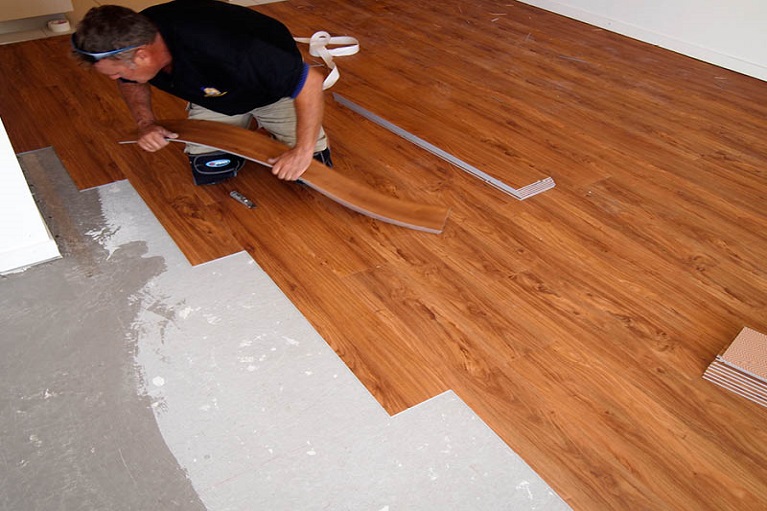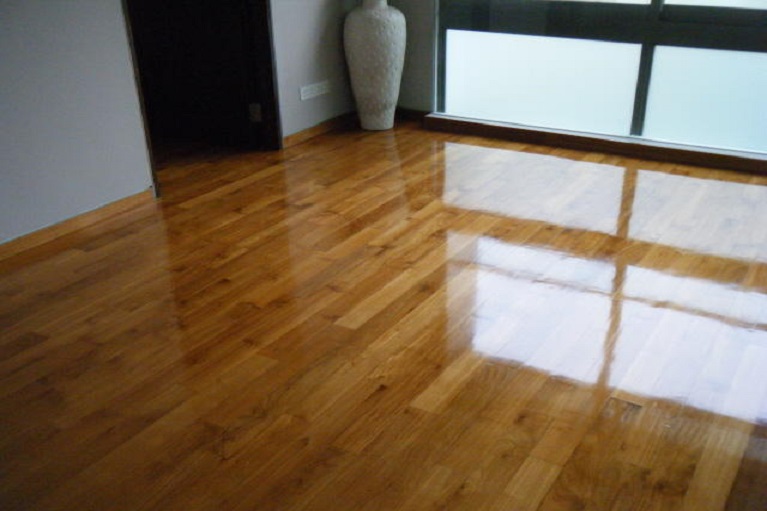Laminate and hard wood floor



BEST LAMINATE FLOORING
So what exactly is laminate flooring and what makes it the best choice for you? A laminate floor is a composite product that consists of several different layers fused together. Generally speaking there are four or five layers: the first top layer is a transparent wear layer that protects the floor from scratches and liquids; next is a decorative 3D photographic layer that reproduces the authentic product; the middle core layer is the thickest and is made of high-density fiberboard (HDF); finally the base of the floor is sealed with a melamine resin layer which adds stability and moisture resistance.
Further, with some laminate brands a fifth layer is included to help minimize discrepancies in the subfloor – see more about underlayment below. So now you know what it is, let’s look into more detail about the advantages and disadvantages of laminate floors.
Barely distinguishable from the real thing! – To the untrained eye, top laminate brands that feature modern 3D digital photographic layers and replicate both the look and feel of wood or stone, are often difficult to tell apart from the real thing.
- Infinite variety of design – Again today’s photographic and printing techniques make it possible to recreate just about every kind of flooring surface imaginable, so laminate floors can replicate any look you want.
- Cost – Because the processes involved in creating laminate flooring often happen within the same facility, the cost of producing it is cheaper and thus the retail price is often significantly cheaper than authentic hardwoods or stone products.
- Eco-Friendly – It can be argued that producing laminates, which are mostly made in the home country of sale, provide a lower carbon-footprint than the farming, harvesting and transportation of hardwoods or the quarrying and transportation of stone flooring. Plus many manufacturers use recycled wood products for the MDF component of the laminate flooring, and laminate flooring does not need special glues for installation or cleaning materials.
- Easy installation and easy removal – The vast majority of today’s laminate floors come with “click-lock” design systems (also sometimes referred to as a Uniclic system), which mean that you simply install the laminate boards as a floating floor over a sub-floor and foam underlayment. One edge of the board will have a groove into which the other edge that has a “tongue” is clicked and locked into place. Some manufacturers infuse the grooved and tongued edges with dry adhesive that you simply dampen before clicking into place to add an extra level of locking. And because of this click-lock system, laminate flooring is one of the easiest floors to remove when it’s time for an update.
- Durable, scratch and stain resistant – The best quality laminates offer generous wear layers that make the flooring very, very durable and resistant to scratches, dents and stains – much more so than hardwood that can dent much more easily.
- Install everywhere, even with under floor heating – Because of its durability, laminates are perfect for high traffic areas and can even be installed in wetter areas like bathrooms. Beware though that laminates – just like hardwood – are not waterproof and will not fare well if water is left to sit on them.. Under floor heating systems specifically designed to be used with laminate flooring are widely available.
- Easy clean and maintenance – Laminate flooring is also seriously easy to clean: simple vacuum or sweep and then run a barely damp mop over it, perhaps with a tiny bit of cleaning product added
